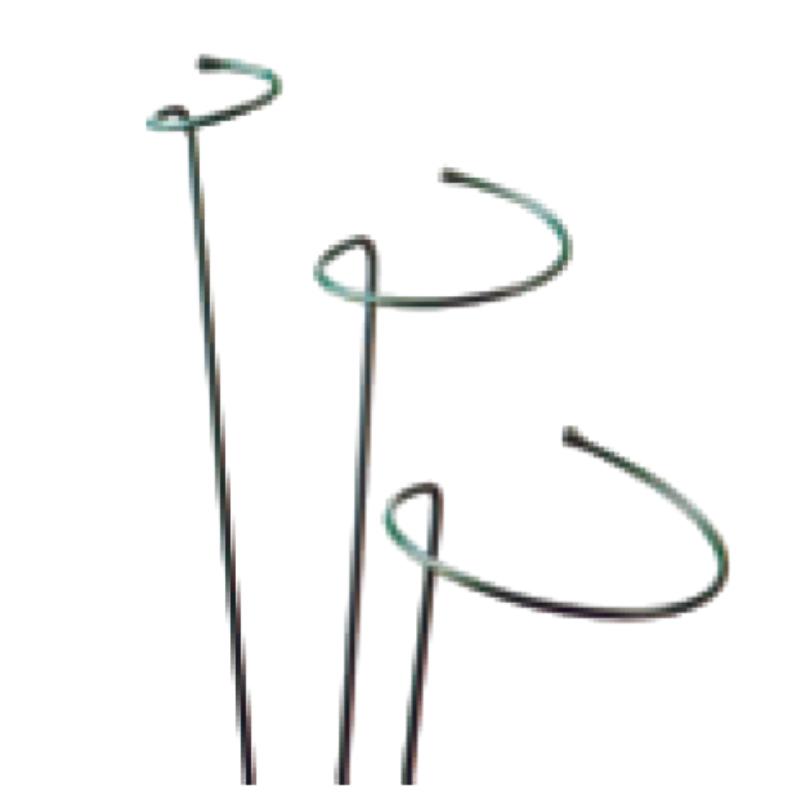-
E-mail:zhao@hyliec.cn
-
Telefoon:+86 311 85273988
-
WhatsAPP:8613931128750
-
 Afrikaanse
Afrikaanse -
 Albanees
Albanees -
 Amhaars
Amhaars -
 Arabisch
Arabisch -
 Armeens
Armeens -
 Azerbeidzjaans
Azerbeidzjaans -
 baskisch
baskisch -
 Wit-Russisch
Wit-Russisch -
 Bengaals
Bengaals -
 Bosnisch
Bosnisch -
 Bulgaars
Bulgaars -
 Catalaans
Catalaans -
 Cebuano
Cebuano -
 Corsicaans
Corsicaans -
 Kroatisch
Kroatisch -
 Tsjechisch
Tsjechisch -
 Deens
Deens -
 Nederlands
Nederlands -
 Engels
Engels -
 Esperanto
Esperanto -
 Ests
Ests -
 Fins
Fins -
 Frans
Frans -
 van Friesland afkomstige
van Friesland afkomstige -
 Galicisch
Galicisch -
 Georgisch
Georgisch -
 Duits
Duits -
 Grieks
Grieks -
 Gujarati
Gujarati -
 Haïtiaans Creools
Haïtiaans Creools -
 huis
huis -
 Hawaiiaans
Hawaiiaans -
 Hebreeuws
Hebreeuws -
 Nee
Nee -
 Miao
Miao -
 Hongaars
Hongaars -
 IJslands
IJslands -
 igbo
igbo -
 Indonesisch
Indonesisch -
 Iers
Iers -
 Italiaans
Italiaans -
 Japans
Japans -
 Javaans
Javaans -
 Kannada
Kannada -
 Kazachs
Kazachs -
 Khmer
Khmer -
 Rwandese
Rwandese -
 Koreaans
Koreaans -
 Koerdisch
Koerdisch -
 Kirgizisch
Kirgizisch -
 TB
TB -
 Latijns
Latijns -
 Lets
Lets -
 Litouws
Litouws -
 Luxemburgs
Luxemburgs -
 Macedonisch
Macedonisch -
 Malgashi
Malgashi -
 Maleis
Maleis -
 Malayalam
Malayalam -
 Maltees
Maltees -
 Maori
Maori -
 Marathi
Marathi -
 Mongools
Mongools -
 Myanmar
Myanmar -
 Nepalees
Nepalees -
 Noors
Noors -
 Noors
Noors -
 Occitaans
Occitaans -
 Pasjto
Pasjto -
 Perzisch
Perzisch -
 Pools
Pools -
 Portugees
Portugees -
 Punjabi
Punjabi -
 Roemeense
Roemeense -
 Russisch
Russisch -
 Samoaans
Samoaans -
 Schots-Gaelisch
Schots-Gaelisch -
 Servisch
Servisch -
 Engels
Engels -
 Shona
Shona -
 Sindhi
Sindhi -
 Singalees
Singalees -
 Slowaaks
Slowaaks -
 Sloveens
Sloveens -
 Somalisch
Somalisch -
 Spaans
Spaans -
 Soendanees
Soendanees -
 Swahili
Swahili -
 Zweeds
Zweeds -
 Tagalog
Tagalog -
 Tadzjiekse
Tadzjiekse -
 Tamil
Tamil -
 Tataars
Tataars -
 Telugu
Telugu -
 Thais
Thais -
 Turks
Turks -
 Turkmeens
Turkmeens -
 Oekraïens
Oekraïens -
 Urdu
Urdu -
 Oeigoerse
Oeigoerse -
 Oezbeeks
Oezbeeks -
 Vietnamees
Vietnamees -
 Welsh
Welsh -
 Hulp
Hulp -
 Jiddisch
Jiddisch -
 Joruba
Joruba -
 Zoeloe
Zoeloe
Metal Plant Supports
What Is The Support Structure Of A Plant?
The support structure of a plant refers to the system of tissues and organs that provide stability and enable the plant to maintain an upright position. This support structure includes several key components:
1. Cell walls: The rigid cell walls of plant cells provide structural support, especially in non-woody plants. The cell walls help maintain the shape and rigidity of the plant's cells, contributing to its overall structure.
2. Stems: Stems play a crucial role in supporting the plant and providing a framework for the attachment of leaves, flowers, and reproductive structures. The stems also facilitate the transport of water, nutrients, and sugars throughout the plant.
3. Roots: The root system anchors the plant in the soil, providing stability and support. Additionally, roots absorb water and nutrients from the soil, contributing to the overall health and growth of the plant.
4. Vascular tissues: Xylem and phloem are specialized tissues that form the plant's vascular system. Xylem transports water and minerals from the roots to the rest of the plant, while phloem transports sugars and other organic compounds to various parts of the plant.
5. Specialized structures: Some plants have specialized support structures, such as tendrils, thorns, or aerial roots, which aid in climbing, attachment, or additional support.
The combination of these structural elements allows plants to maintain their shape, withstand environmental forces, and support essential physiological processes.
Iron Plant Supports Faq
What are the benefits of using iron plant supports?
Iron plant supports offer durability and strength, making them suitable for providing robust support for heavy or sprawling plants. They can withstand the weight of mature plants and help maintain their shape and structure.
What types of plants are best supported by iron plant supports?
Iron plant supports are well-suited for providing support to a wide range of plants, including peonies, roses, delphiniums, and other tall or heavy-flowering perennials. They can also be used for supporting climbing plants such as clematis or sweet peas.
How should iron plant supports be installed?
Iron plant supports should be installed firmly in the ground to ensure stability. When supporting individual plants, place the support structure around the plant early in the growing season, allowing the plant to grow into and around the support naturally.
Are there different styles and designs of iron plant supports available?
Yes, iron plant supports come in various styles and designs, including hoop supports, grid supports, and individual stakes. These different designs cater to the specific needs of different types of plants and can provide effective support while enhancing the visual appeal of the garden.
How can iron plant supports be maintained?
To maintain iron plant supports, periodically inspect them for signs of rust or corrosion, especially if they are exposed to the elements. If rust is present, it can be removed using a wire brush, and the supports can be treated with a rust-resistant coating or paint to prolong their lifespan.






